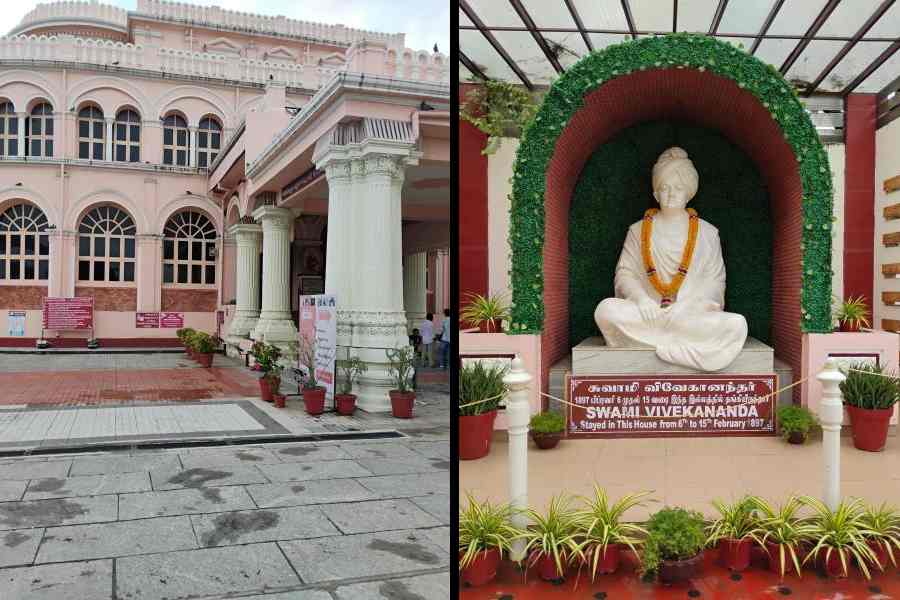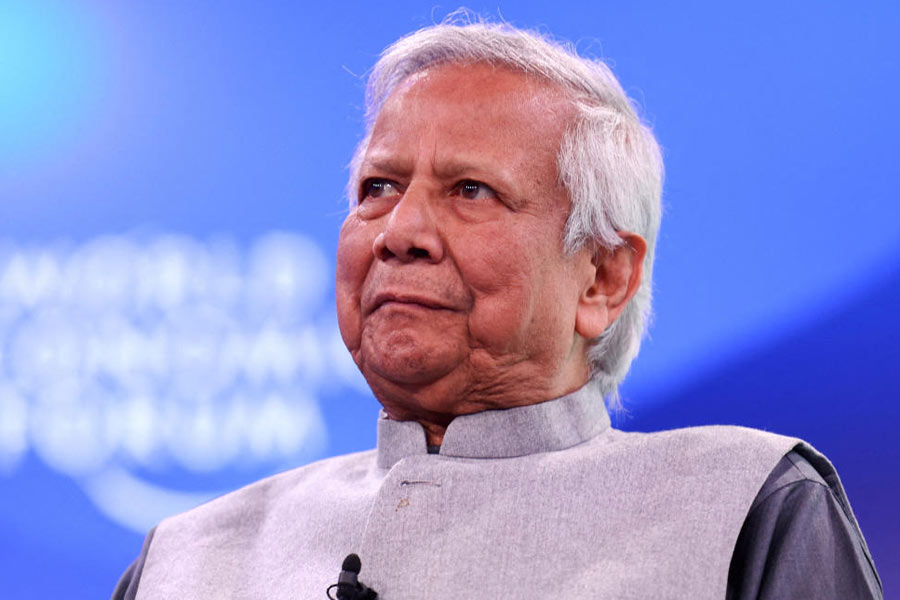 |
A team of Bhabha Atomic Research Centre would visit the Regional Cancer Centre of Indira Gandhi Institute of Medical Sciences (IGIMS) on Monday to work out the logistics to upgrade the city facility.
Dr Rajesh Kumar Singh, the clinical oncologist at the Regional Cancer Centre of IGIMS, said the collaboration with the Bhabha Atomic Research Centre (Barc) — the country’s premier nuclear research facility in Mumbai — would help the city’s cancer treatment hub take a giant leap towards providing better care to patients. He said Barc would provide sophisticated instruments for cancer cure and train paramedics and doctors to use them.
The Telegraph in its September 10, 2013, edition had published a report on help pouring in for Regional Cancer Centre of IGIMS from Barc and Tata Memorial Hospital.
The report had highlighted that a team of Tata Memorial Hospital had visited the Regional Cancer Centre of IGIMS in May last year and experts from Barc were planning to visit the centre within six to nine months.
The Regional Cancer Centre of IGIMS has been operational for 18 years but it still provides treatment to patients with outdated cobalt machines.
Inaugurated in 1996, the Cancer Treatment and Research Centre of IGIMS was converted into a regional cancer centre by the Government of India in 1999. The state government announced to develop the Regional Cancer Centre of IGIMS for the welfare of patients many times but no concrete step has been taken so far.
Sources said none of the state-run or private hospitals in the city is fully equipped to treat cancer patients because they lack state-of-the-art machines, including linear accelerator, brachytherapy machine, intensity modulated radiation therapy machine, image-guided radiotherapy machine and stereotactic radiosurgery machine.
Mahavir Cancer Sansthan has linear accelerator machine but Patna Medical College and Hospital still does not have one. Both are devoid of the other sophisticated machines for cancer care, forcing patients to go outside the state for advanced treatments.
A linear accelerator machine is useful in the treatment of different types of cancers. It gives a uniform dose of high energy X-ray on a patient’s tumour and destroys the cancer cells but spares the normal tissues. The radiation provided by linear accelerator machine is more accurate than the cobalt machine. It is more powerful than a cobalt machine because it produces electrons apart from Gamma rays, which help treat breast, oral, gum and skin cancer effectively.










